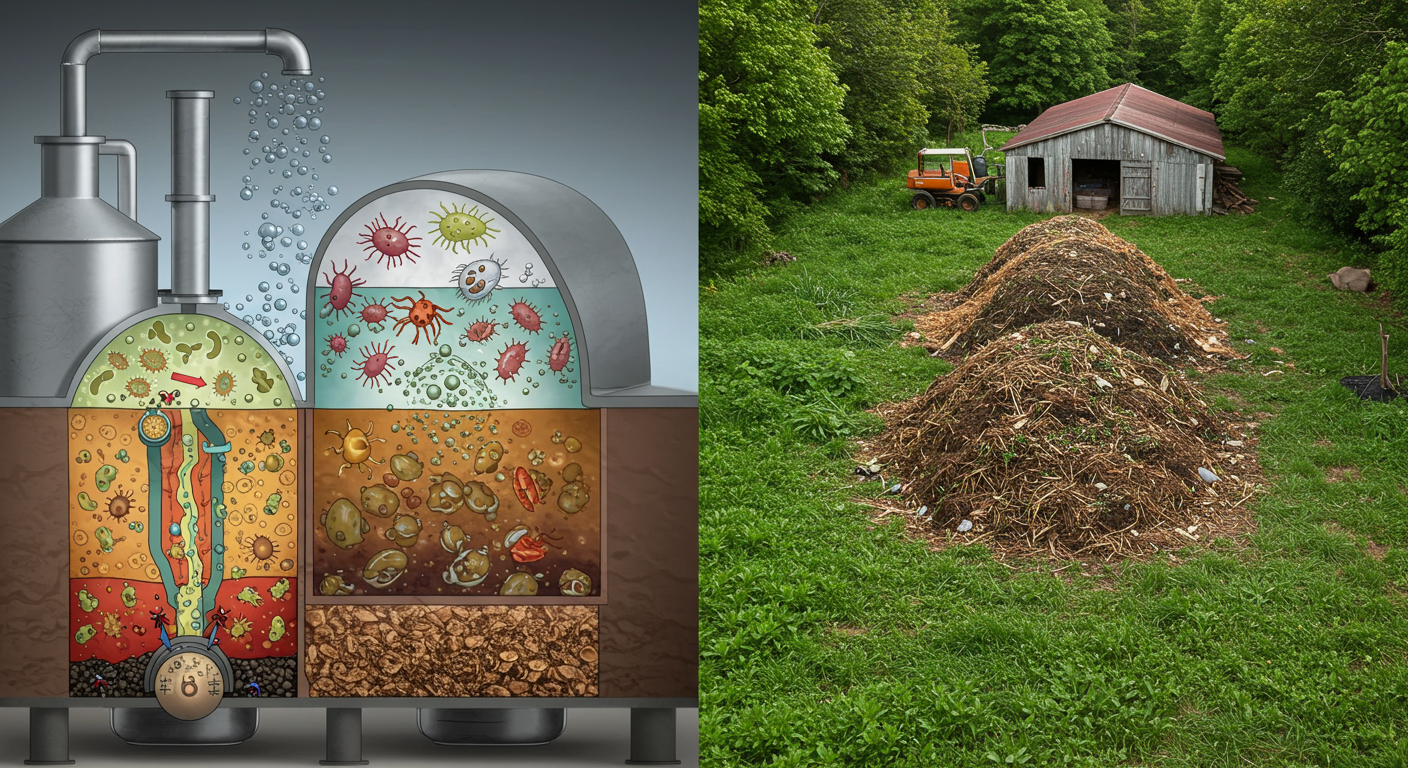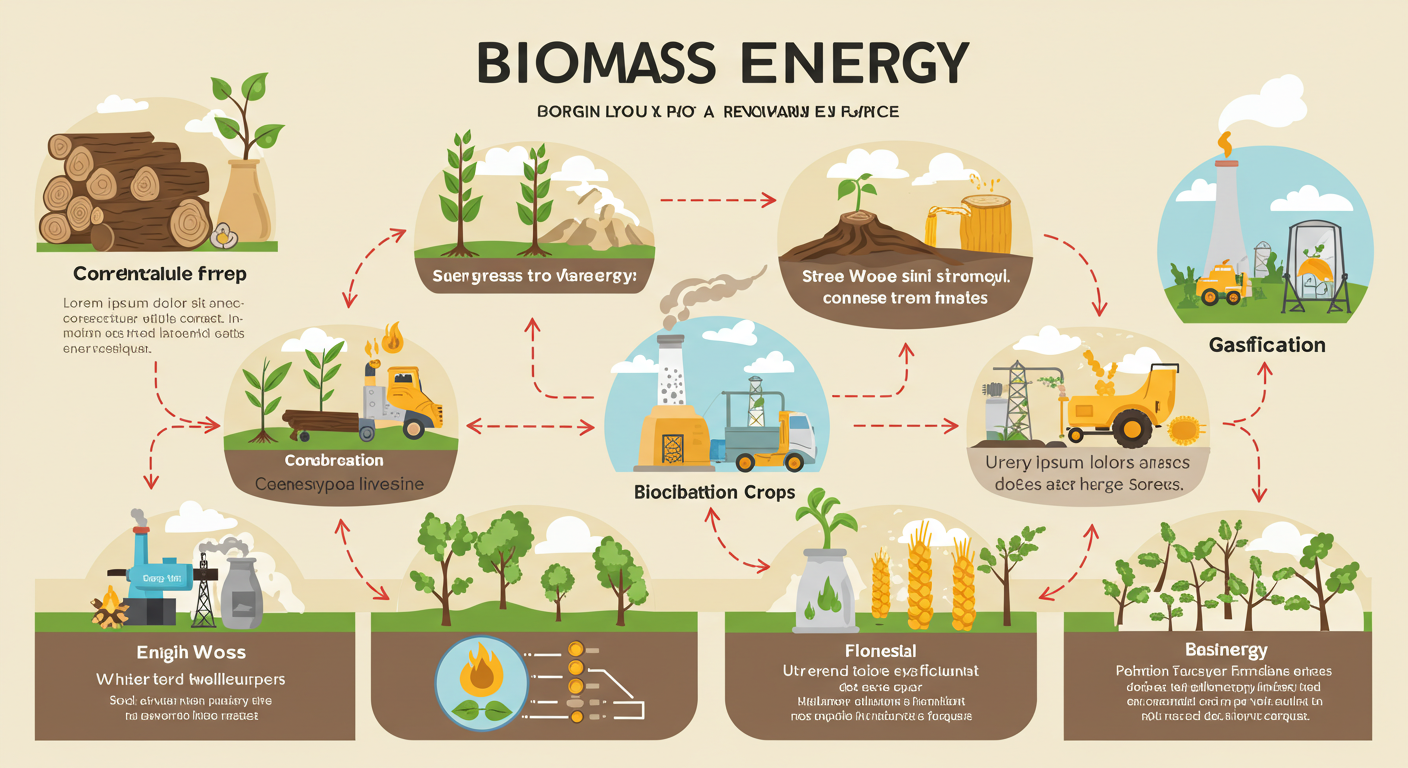Understanding Organic Farming
Organic farming represents a holistic approach to agriculture that prioritizes environmental sustainability and ecosystem integrity. This method of farming fundamentally avoids the use of synthetic fertilizers, pesticides, and herbicides, opting instead for natural alternatives that enhance soil health and promote biodiversity. Central to organic farming is the belief that agricultural practices should work in harmony with nature rather than against it, ensuring a balanced ecosystem and fostering resilience among crops.
The principles of organic farming are founded on four core tenets: safeguarding biodiversity, maintaining soil fertility, managing agricultural ecosystems responsibly, and promoting animal welfare. Biodiversity is crucial as it allows for a variety of crops and livestock that can adapt to changing environmental conditions. The avoidance of harmful chemicals contributes to healthier soils, which are vital in supporting plant growth and improving crop yields sustainably. Furthermore, organic methods such as crop rotation, cover cropping, and reduced tillage play a pivotal role in conserving soil structure and nutrients, enhancing the overall productivity of the land.
In addition to benefiting the ecosystem, organic farming offers substantial environmental advantages that address larger issues such as climate change. By eliminating synthetic inputs, organic methods reduce greenhouse gas emissions linked to the production and application of chemical fertilizers. Organic farms often store more carbon in the soil, which can significantly contribute to mitigating climate change effects. Moreover, organic techniques improve water conservation and reduce pollution runoff, leading to healthier waterways and surrounding habitats.
As we delve deeper into the significance of organic farming, it is essential to recognize its applicability in both large-scale agricultural ventures and small urban gardens. The adoption of organic practices can lead to a more sustainable future, fostering agricultural practices that not only satisfy human needs but also protect the planet for generations to come.
Planning Your Organic Farm or Garden
When embarking on the journey of establishing an organic farm or garden, careful planning is essential to ensure success. The first step in this process is site selection, which involves evaluating various geographical locations for their suitability for organic practices. Factors such as sunlight exposure, drainage, and proximity to water sources play a significant role in determining the viability of any potential site.
In addition to site selection, soil testing is paramount. A comprehensive soil analysis helps identify nutrient levels, pH balance, and the presence of harmful contaminants, allowing for tailored amendments that enhance soil fertility. Understanding the unique characteristics of the soil will inform decisions regarding appropriate crop selection.
Crop selection should be aligned with the local climate and the specific type of soil present on your farm or garden. Certain crops thrive in particular conditions, so researching which plants are best suited for your region will increase the likelihood of a successful yield. It’s also beneficial to consider companion planting, which involves growing different plants in proximity for mutual benefits, such as pest control and improved pollination.
Moreover, crop rotation is an important technique in organic farming that contributes to soil health and fertility. By alternating the types of crops grown in a specific area each season, farmers can break pest cycles and reduce the risk of nutrient depletion in the soil. This practice promotes biodiversity and leads to more sustainable farming practices.
Finally, setting realistic goals is vital for a successful farming venture. Establish a clear vision of what you hope to achieve, whether it be a bountiful harvest or a sustainable garden for personal use. Creating a detailed implementation schedule will help guide your efforts, making it easier to manage tasks and monitor progress effectively.
Implementing Organic Practices: Techniques and Methods
Implementing organic practices is essential for successful organic farming, both for large-scale operations and smaller urban gardens. One of the core components of organic farming is natural pest management. Utilizing biological controls, such as beneficial insects and companion planting, can effectively reduce pest populations without the need for synthetic pesticides. For example, introducing ladybugs or lacewings can help control aphid infestations, while planting marigolds alongside vegetables can deter nematodes and other harmful pests.
Organic composting is another key technique in organic farming. Composting involves decomposing organic matter, such as kitchen scraps, yard debris, and other biodegradable materials, to produce nutrient-rich compost. This process not only enriches the soil but also fosters a healthy microbiome needed for plant growth. To create a successful compost pile, it is crucial to maintain a balanced ratio of greens (nitrogen-rich materials) and browns (carbon-rich materials), ensuring frequent aeration and moisture control to promote efficient decomposition.
Soil improvement methods play an equally vital role in organic farming. Practices such as crop rotation, cover cropping, and the addition of organic fertilizers, help enhance soil fertility and structure. For instance, incorporating legumes into crop rotations can naturally fix nitrogen in the soil, while cover crops can prevent erosion and provide organic matter when tilled back into the ground. Additionally, mulching is a beneficial technique that conserves moisture, suppresses weeds, and gradually enriches the soil as it breaks down. Proper crop care, including timely watering and appropriate spacing, further encourages healthy plant growth, allowing them to thrive without reliance on harmful chemicals.
Harvesting and Beyond: Sustainable Practices and Cost Savings
The process of harvesting organic crops is crucial not only for product quality but also for the overall sustainability of farming practices. Timing is pivotal; crops should be harvested at their peak ripeness to ensure maximum flavor, nutrition, and marketability. Hand-harvesting, though labor-intensive, supports organic farming principles by minimizing soil disruption and energy consumption. Precise techniques, such as using the right tools and maintaining cleanliness during the process, can greatly enhance post-harvest care.
Post-harvest care plays a vital role in preserving the quality of organic produce. This includes proper handling, storage, and transportation to maintain freshness and prevent spoilage. Techniques such as hydrocooling or utilizing breathable packaging materials help extend the shelf life of products without resorting to chemical preservatives. Understanding the specific needs of different crops can lead to sound decisions regarding temperature and humidity control, crucial elements in organic farming.
Furthermore, sustainable practices do not end with the harvest. Once crops have been gathered, farmers can utilize plant by-products in various ways. For instance, crop residues can be composted or turned back into the soil to promote regeneration, enhancing soil health and productivity for future planting. Integrating cover crops in rotation can also add necessary nutrients to the soil while controlling erosion and weeds, ultimately fostering a resilient farming system.
From a financial perspective, organic farming presents numerous cost-saving opportunities. By relying less on commercial inputs like synthetic fertilizers and pesticides, farmers can reduce operational costs. Additionally, the market for sustainably grown produce is expanding; organic products often justify a premium price point, allowing for improved profitability. For farmers looking to transition to organic practices or expand their knowledge, numerous resources and communities exist that support education and collaboration in sustainable farming initiatives.





